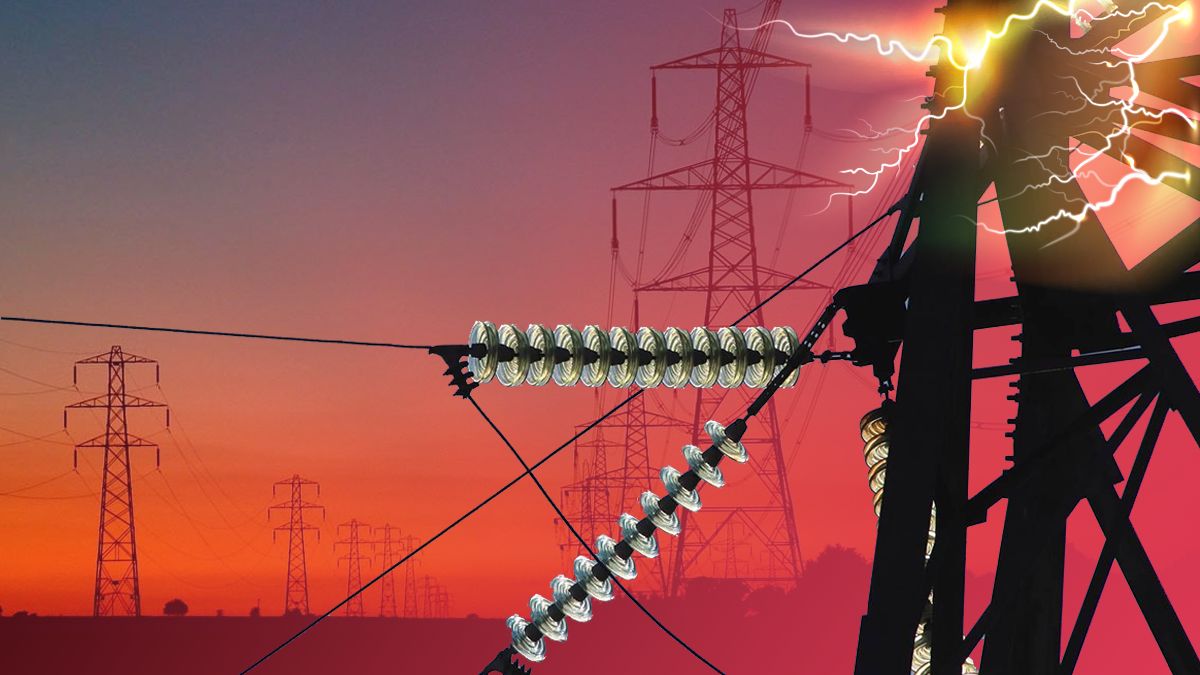Energy market and its components

Liberalizing the electricity market is a long-awaited process for Ukraine. Thanks to the government’s actions, the energy market has come closer to the standards of European countries. The reforms, which last several years, are aimed at improving energy security and creating a favorable climate for foreign investment.
The adoption of the law “On the Electric Energy Market” in 2014 made certain adjustments to the country’s legislation. According to the law, trading operations must be carried out on the” wholesale market ” according to approved rules and regulated tariffs.
The modern energy market is represented by the following structures:
– the market of bilateral agreements;
– intra-day market. Trading operations are carried out in the trading mode. Players submit applications for participation in them, indicating at the same time the prices at which they are ready to sell or buy energy resources.;
— model for the day ahead;
– balancing market. The main task of the market is to balance production, foreign trade turnover, electricity consumption, as well as to address issues of financial imbalance;
– retail market. Trade relations are established between suppliers and the final buyer.
Modern structure of the energy market and its main advantages
The market model operating in Ukraine is the same as in European countries. It is used for direct sales, which in turn increase competition between sellers. From a financial point of view, this model helps to raise rates imperceptibly for some buyers.
January 1, 2019 – the date of transformation of the single buyer market into the structure of direct contracts. This option allows producers to trade energy resources through the above structures, with the exception of some companies. Producers can sell electricity to suppliers only on the basis of bilateral agreements. This requirement applies to the cost and volume of energy resources, as well as affects the terms of their supply.
In addition, the rules of the new market allow some groups of customers to make their own decisions regarding the supplier of energy resources. Consumers can enter into contracts with guaranteeing or independent companies. The main difference between these suppliers is that guaranteeing companies must enter into a contract with any client.
The market of bilateral agreements.
This model implies the sale of electricity to end customers, “sellers” or traders under commercial contracts without the involvement of intermediaries. Such agreements can be concluded for any period of time. Consumers have the opportunity to purchase energy resources for their own needs, but they are prohibited from reselling them to other participants.
Nuances of the day-ahead model.
This structure allows companies that produce energy resources to sell them the next day. Thanks to such operations, the imbalance in the market is reduced, and the supply and consumption of electric energy is planned.
The NCRE for imported electricity sets a lower limit for mandatory sales on the market. Market participants send orders to the operator that contain the intention to buy or sell goods, indicate the price and terms of the transaction. The system operator sets the price for each position on the next day, based on the principles of determining its marginal cost and the current market rules.
Balancing market.
Unbalanced trading is carried out here. In other words, it is used by participants who have an excess or shortage of electric energy. The system operator gives various forecasts throughout the day, and then selects supplier requests.
As a rule, the cost of electricity in this market is higher than in the “day ahead” market. It is worth noting that in this segment very often there are sharp price fluctuations. Therefore, operations on it are carried out in extreme cases.
Intra-day market model.
This model should be considered in conjunction with the market for the day ahead, their coexistence ensures a balance of supply and consumption. An increase in the volume of energy resources leads to the fact that participants who find it difficult to maintain balance when using the day-ahead model are beginning to become interested in the intra-day option. Trading on it is carried out in the form of electronic trading, which is conducted by the system operator. Admission to trading is granted to companies that have an agreement with him. Collection of applications starts at 15: 00 on the previous day and closes 1 hour before the end of the session.
Balance in the grid is necessary not only for market players, but also for the energy system as a whole. Reducing the need for reserves leads to a reduction in costs, and, consequently, a reduction in the cost of energy resources. Thus, the intraday market is an important tool that gives participants the opportunity to prepare for unforeseen situations.














Leave a Reply